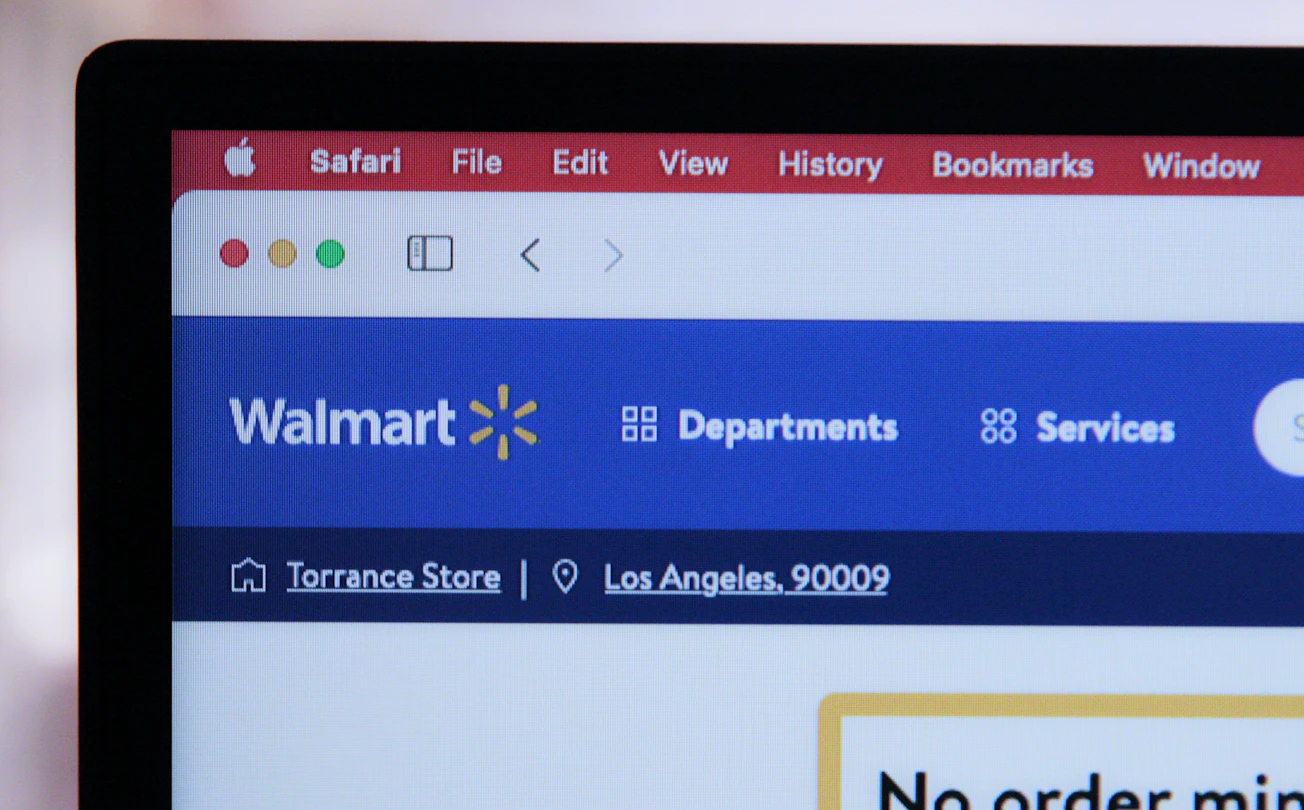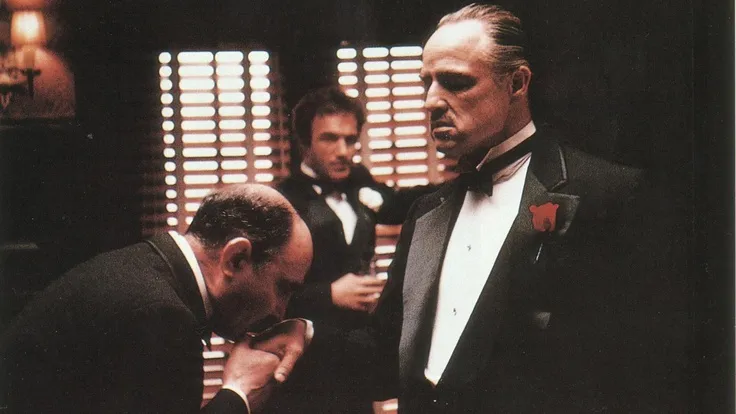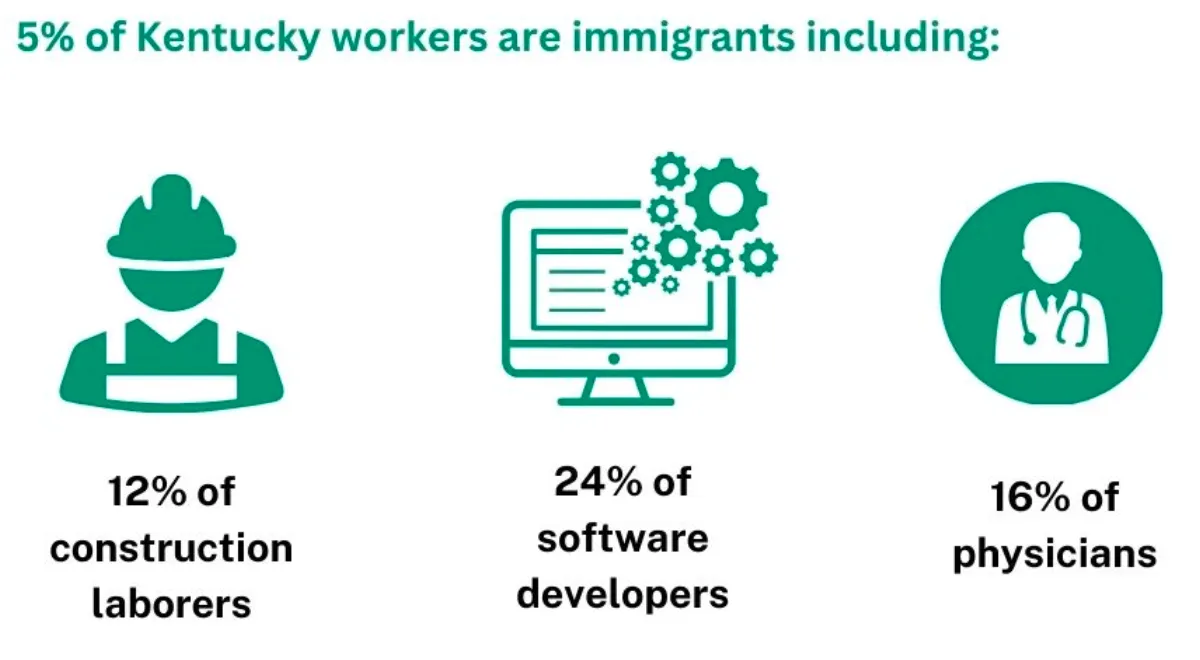Table of Contents
When I was a young man in the 1970s, my dad related an amusing anecdote that he had learned from his dad. “Big Business,” he said, “is like a little bird that flies around in a circle, faster and faster, until finally it flies up its own [rear end].”
I thought that was the stupidest thing my dad ever told me. Of course, it was a physical impossibility. But as I grew older (and maybe a tad wiser), I saw it was a fairly apt metaphor. The typical American business model is built upon growth and ever-increasing profits. When a business can no longer grow, and when its profit margins stagnate or decline, it typically faces collapse and liquidation.
When I was a kid in the 1960s, my family and I did most of our shopping in the Youngstown Shopping Center in Jeffersonville, Indiana. There was a Walgreens at one end, and a bowling alley at the other. There was a sporting goods store where I bought fishing lures for my dad’s birthday, Christmas, and Father’s Day. There was a Kroger where my oldest brother worked, and then my second-oldest brother. And then I worked there, too, when I turned 16.
Next to the Kroger there was a Woolworth’s 5 & 10. According to Wikipedia: “F. W. Woolworth Company (often referred to as Woolworth’s or simply Woolworth) was a retail company and one of the pioneers of the five-and-dime store. It was among the most successful American and international five-and-dime businesses, setting trends and creating the modern retail model that stores follow worldwide today.”
Not to wax nostalgic, but I loved that Woolworth’s store. It sold practically everything a boy like me could want. I bought my first transistor radio there, and a set of walkie-talkies, and pea shooters, and slingshots, and on and on and on.
There was a long chrome-and-Formica lunch counter, and glistening chrome stools. It offered American staples like burgers, hot dogs, chili, soda, and shakes. My favorite lunch was a club sandwich, potato chips, and a malted milk shake. The food was yummy and affordable.
My favorite part of Woolworth’s was its pet department. It was alive with the sights and sounds of birds – parakeets, parrots, cockatiels, and lovebirds. I was never a bird lover, per se, but I loved to look at and listen to those birds.
I was more of a fish-and-reptile guy, and Woolworth’s sold a variety of fish and reptiles. There was a darkroom in my parents’ basement – the previous owner had been a photographer – where I kept several aquariums and terrariums that housed fish, turtles, lizards, snakes, salamanders, crawdads, and fairy shrimp. The star of my menagerie was a South American caiman that was sold as an “alligator” at Woolworth’s for $3.99.
Then a Kmart opened, and it soon became the snazzy place to shop. Some people criticized and ridiculed Kmart for selling products that were “Made in Japan.” But Japanese products were often cheaper and better than American products. And who could resist a “blue light special”?
A police-car-style blue light rotated and flashed atop a pole in the center of the store, and a voice on the PA system began, “Attention Kmart shoppers.” Then a special sale price was announced on a particular product. The sale price was good only while the blue light was flashing, so customers rushed to buy the item.
In 1979, there were more than 4,000 Woolworth stores in the US and worldwide. F. W. Woolworth Company officially went out of business in July 1997.
In 1981, there were more than 2,000 Kmart stores in the US and Canada. As of April 2022, only 9 Kmart stores were still open in the US.
In 1986, there were more than 900 TG&Y stores in 29 states, including Kentucky. In 2001, TG&Y’s owner McCrory Stores filed bankruptcy and all the stores soon closed.
While Woolworth, Kmart, TG&Y and other variety stores faltered and failed, Walmart (then called Wal-Mart) was ascending. I heard about Walmart long before I shopped there. Much like Kmart before it, Walmart had a rather cheesy reputation for selling cheap products that were not made in America.
From 1988 – 1998, I lived in Louisville. I shopped at Kroger, Meijer, Target, Kmart – but I never shopped at Walmart.
When we moved to Grayson County in 1998, we grocery shopped mostly at Winn-Dixie and Save-A-Lot in Leitchfield. (We shopped for nongrocery items mostly at Target and Kmart in E-town.)
One day while we were shopping at Winn-Dixie, a fellow customer suggested that we try the Walmart Supercenter in E-town. They were cheaper than Winn-Dixie on most everything, she said. So, we checked out the Walmart Supercenter in E-town.
Wow! Everywhere we looked we saw fantastic prices! Best of all was Walmart’s price-matching policy. Ads from their competitors — Kroger, Aldi, Save A Lot, Winn-Dixie, etc. — were posted by the entrance, and Walmart would match all of their sale prices. Wow!
In 2003, a Walmart Supercenter opened in Leitchfield, and we started buying our groceries there. We still shop for groceries there, but I buy most of our meat on sale at IGA and Kroger. (Walmart lost its charm for me when they quit price-matching.)
According to Wikipedia: “As of April 30, 2022, Walmart has 10,585 stores and clubs in 24 countries, operating under 46 different names. ...
“Walmart is the world’s largest company by revenue, with about US$570 billion in annual revenue. ... It is also the largest private employer in the world with 2.2 million employees. It is a publicly traded family-owned business, as the company is controlled by the Walton family.
During the “age of COVID” and runaway inflation, most businesses are struggling to regain their equilibrium – and that includes Walmart.
On May 18th of this year, the Walton family lost $19 billion in one day after Walmart reported lower-than-expected profits, according to Forbes. The Walmart stock fell 11% on that day, as Walmart said that inflation was putting pressure on profit margins.
On April 21, 2022, Walmart stock was $159.87 per share. On May 19, 2022, it was $119.07 per share. As of November 17, 2022, it had rebounded to $148.50 per share.
It’s hard to imagine Walmart ever failing – but the same was true for Woolworth and Kmart at one time. I don’t expect Walmart to fail in the near future – and the Waltons will always be fabulously wealthy.
Still I cannot help but wonder: What comes after Walmart? At what point does the little bird finally fly up its own tail?
--30--








